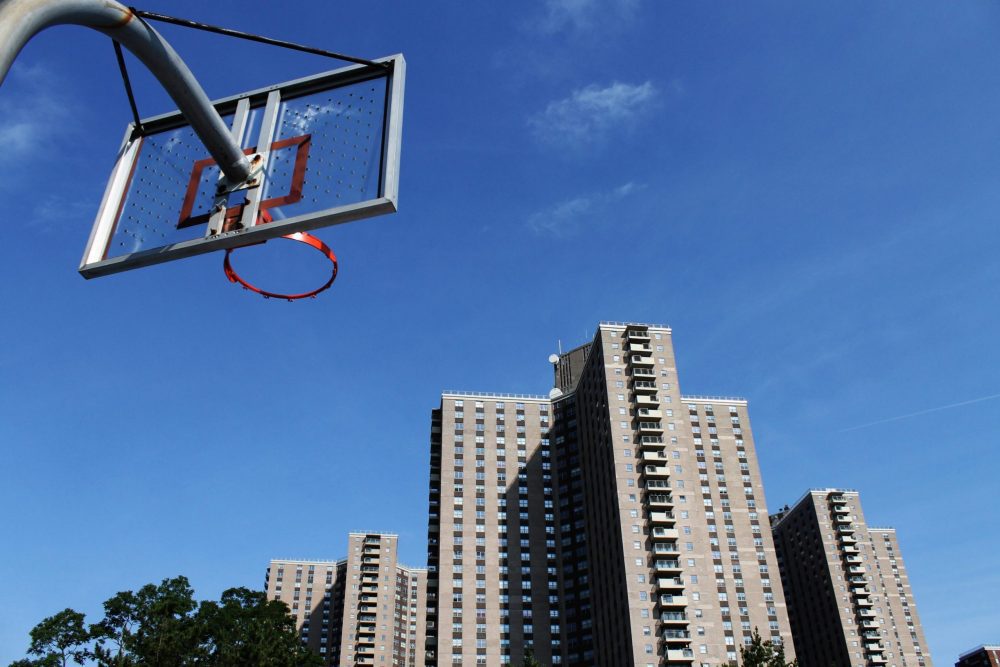The voices and images in The Guided Tours at Urban Horizons vividly illustrate the importance of good, safe housing in supporting mental and physical health and successful parenting. Social science research has documented that housing can be a resource for coping with the stresses of daily life, a place that supports the regulation of privacy and social engagement, a positive reflection of self and a secure refuge from threats and demands. Or it can be a source of dangers, uncertainties and obstacles to the organization of family life and personal restoration.
Recent special issues of the Journal of the American Public Health Association and the Journal of Social Issues document the association between poor housing quality and poor mental health for parents and children. Other recent studies found that when poor families move to better housing, the mother’s mental and physical health improves, and parenting becomes less restrictive and more supportive of exploration. Children exhibit fewer emotional and physical signs of stress and their concentration and health improve. Another study (Garrett, Ng’andu, and Feron, 1994) found that when poor parents escaped from poverty – even temporarily – they invested more time and money in their home environments. These investments paid off by supporting their children’s intellectual and emotional development and reversing the deficits associated with poverty.
People who live in urban environments require periods of restoration during which they can regain their mental and physical energy. These photographs and the accompanying narrative strongly suggest that beautiful, tranquil home environments support restoration and further personal development.
The existence of Urban Horizons gives proof that the people who live there are worthy and have the respect of others with more resources in the society. Residents reciprocate by taking care of the building, by supporting each other and by teaching their children to be responsible and respectful to others. These relationships of trust and mutual responsibility are at the core of a functioning civil society and necessary for people in all walks of life. For residents of poor communities, these relationships support the development of social capital that, as Xavier de Souza Briggs phrases it, allows them to both get along and get ahead. When these relationships exist and include people with wider social access and resources as well as the poor, they promote achievement in work and education, and greater civic participation (Saegert, Thompson and Warren, 2001).
These photographs help us understand what living in Urban Horizons means to residents, and what the experience of home means to all of us. Nancy Biberman insisted that these apartments should be the kind of places in which she would want to live and raise her children. Public opinion and public policy have increasingly lost sight of this basic insight. Urban Horizons is an opportunity to reopen a discussion about the costs and benefits of this kind of housing, and the vision of society that motivates our choices.



Comments